Impact of Interest Rates on FABL’s Investment Yields and Earnings
Faysal Bank Limited (FABL) has been navigating the challenges posed by fluctuating interest rates, which have had a significant impact on its investment yields and overall earnings. Delving into the details of how the interest rate changes influence FABL’s financial performance, what the future holds for the bank will also be analyzed.
Rising Interest Rates and Investment Yields
📢 Announcement: We're on WhatsApp – Join Us There!
As interest rates have risen, FABL has experienced a consistently widening gap between its investment yields and the six-month average of 6M KIBOR.
This divergence is primarily due to the lower yields on certain fixed-rate investments within FABL’s portfolio. Thus, indicating that this has depressed the bank’s earnings potential by around 12-15%.
Sukuk Portfolio and Duration Impact
A significant portion of FABL’s Sukuk portfolio, valued at PKR 580 billion, is sensitive to short-term rates. However, 14% of this portfolio has maturities ranging between 2 to 5 years, which includes fixed-rate Sukuks with relatively low rates.
These fixed-rate investments have been a drag on the bank’s return on equity (ROE). As the older portfolio matures and is replaced by new Sukuks at current pricing, the investment yield profile is expected to improve. This shift will likely reduce the drag on ROE as the proportion of fixed-rate Sukuks diminishes.
Optimizing CASA Mix for Enhanced Earnings
FABL’s current account and savings account mix is another critical factor influencing its earnings, highlighting that every 5% shift from Fixed Accounts to Current Accounts could potentially raise FABL’s earnings by 15%. Optimizing this CASA (Current Account Savings Account) mix presents a significant opportunity for earnings enhancement, although this potential upside is not currently factored into the bank’s estimates.
Strategic Adjustments and Future Prospects
FABL’s strategic adjustments, including the transition to a fully Islamic banking model and efforts to optimize its CASA mix, are aimed at mitigating the adverse impacts of interest rate fluctuations.
As interest rates potentially decline and the bank’s portfolio matures, FABL is positioned to see an improvement in its investment yields and overall profitability. Additionally, the bank’s proactive management of its non-performing loans and branch network expansion further supports its growth trajectory.
In conclusion, while FABL has faced challenges due to rising interest rates and fixed-rate investments, its strategic initiatives and portfolio adjustments provide a promising outlook. The anticipated decline in interest rates and optimization of the CASA mix are key factors that could significantly enhance FABL’s investment yields and earnings in the coming years.
⚠️ This post reflects the author’s personal opinion and is for informational purposes only. It does not constitute financial advice. Investing involves risk and should be done independently. Read full disclaimer →

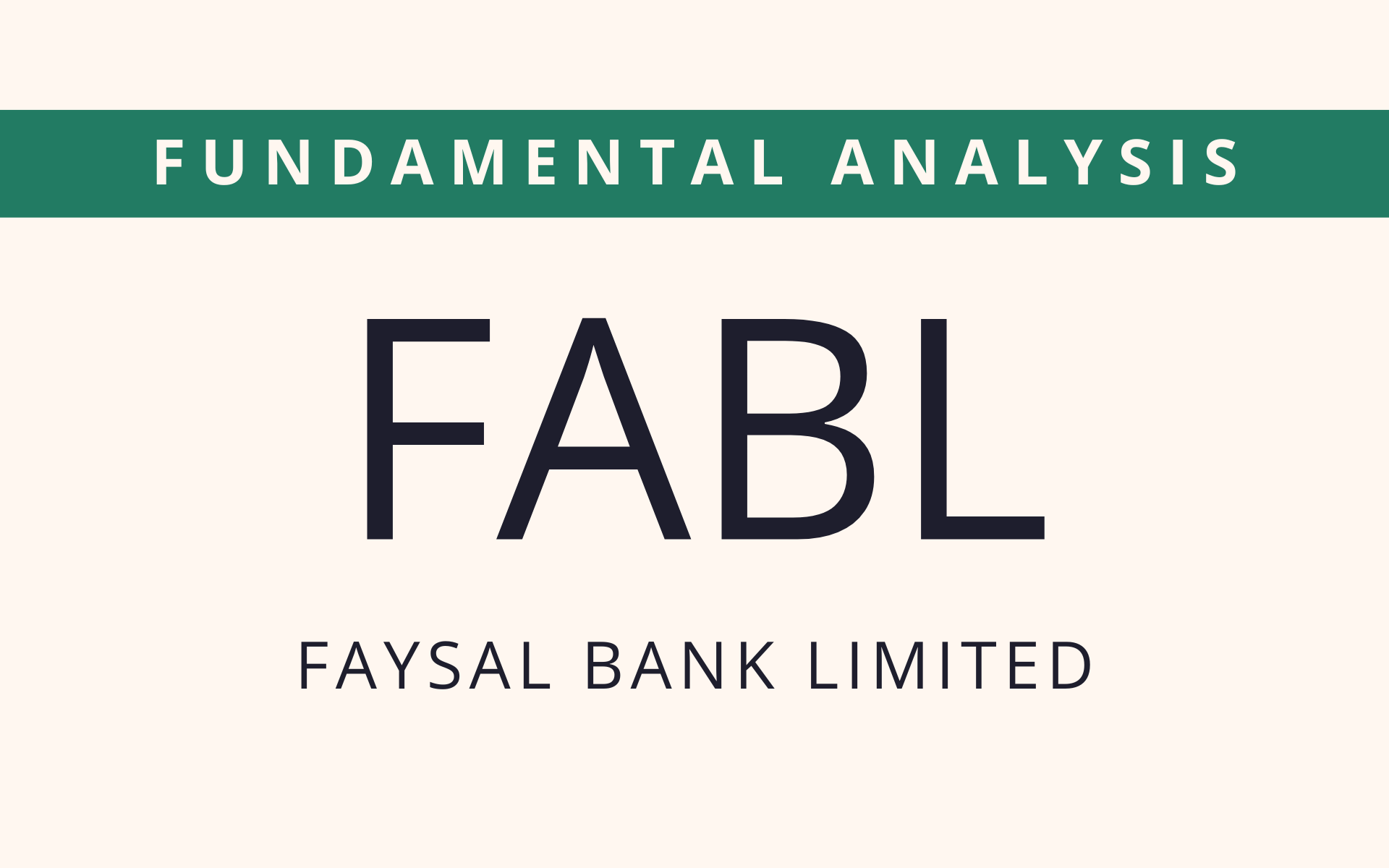

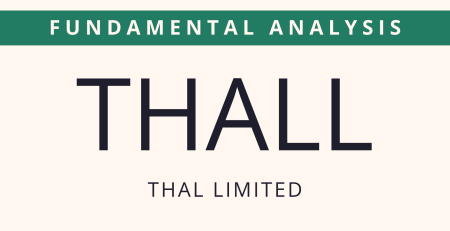
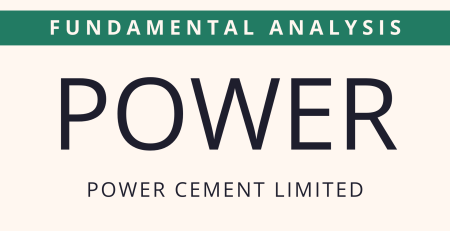
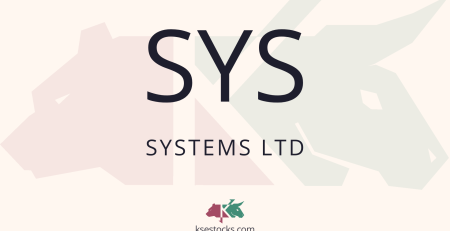
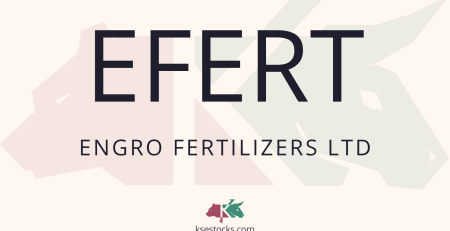

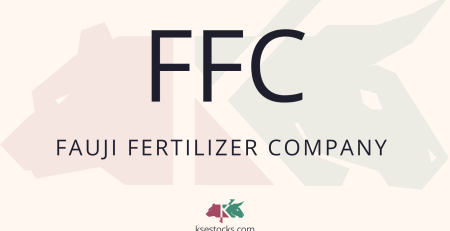
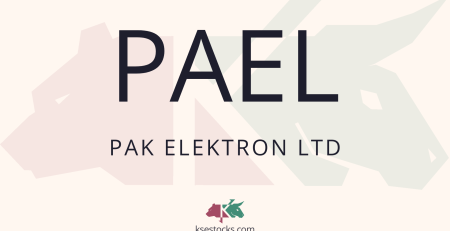
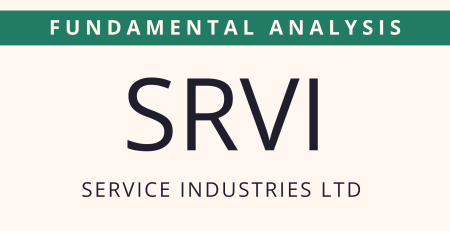
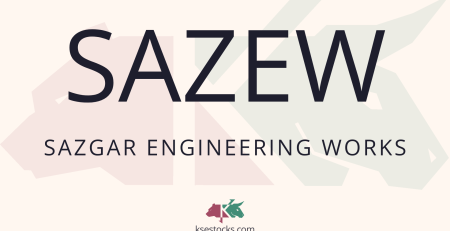
Leave a Reply